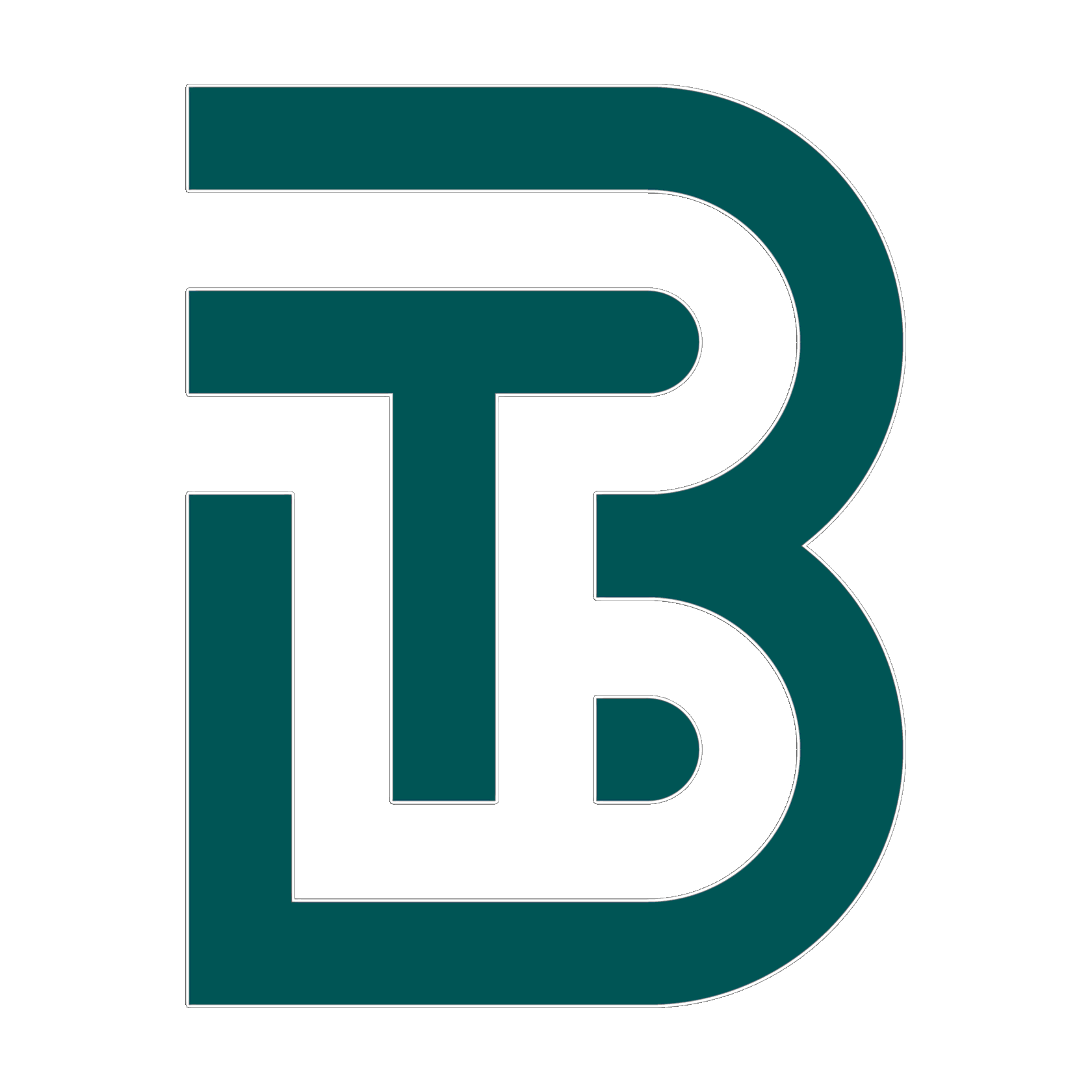This role represents an entity initiating a procurement process by broadcasting a Procurement Request to potential suppliers. Buyers evaluate incoming counteroffers and select the best terms for concluding a purchase and sale agreement.
Supplier (Procurement Counterparty)
This role involves suppliers responding to procurement requests with detailed counteroffers. Suppliers aim to align their proposals with buyer needs to secure agreements and complete transactions.
- Buyer
- Supplier
Step 1: Buyer Submits a Procurement Request
• The Buyer creates a Procurement Request, specifying their needs, including:
o Product details (e.g., type, specifications, and quantity).
o Desired delivery terms (e.g., timeline, location, and conditions).
o Any additional requirements (e.g., certifications or payment terms).
• The Procurement Request is broadcast to a wide pool of potential Suppliers on the platform.
Step 2: Suppliers Receive the Procurement Request
• Suppliers within the platform’s network are notified of the Buyer’s Procurement Request.
• Each Supplier reviews the request to determine if they can meet the specified requirements.
Step 3: Suppliers Submit Counteroffers
• Interested Suppliers submit Counteroffers, detailing:
o Pricing for the requested goods or products.
o Delivery terms (timeline, shipping method, and costs).
o Additional terms (e.g., warranties, discounts, or value-added services).
Step 4: Buyer Reviews Counteroffers
• The Buyer evaluates the incoming Counteroffers based on:
o Price competitiveness.
o Delivery timelines and logistics.
o Supplier credibility and compliance with any specific requirements.
Step 5: Negotiation (Optional)
• If needed, the Buyer may request modifications to the Counteroffers, prompting Suppliers to adjust their terms.
• The platform facilitates communication between the parties to ensure efficient negotiations.
Step 6: Buyer Selects the Best Counteroffer
• After thorough evaluation, the Buyer selects the Counteroffer that best aligns with their procurement requirements.
Step 7: Finalizing the Purchase and Sale Agreement
• The Buyer and the selected Supplier proceed to finalize the transaction by creating and signing a legally binding purchase and sale agreement.
Step 8: Transaction Completion
• The Supplier fulfills the agreement by delivering the goods or products as per the agreed terms.
• The Buyer completes the payment as outlined in the contract.
